It’s the immensity of the wrinkled desert canvas that finds you catching your breath, on final approach to Tswalu Kalahari Reserve. I was aboard a flight from Joburg with Fireblade Aviation, an exemplary airline company, who operate ultra-comfy charter services with their cutting-edge fleet of light aircraft to far-flung places, including Swiss-built Challenger 500s. www.firebladeaviation.com
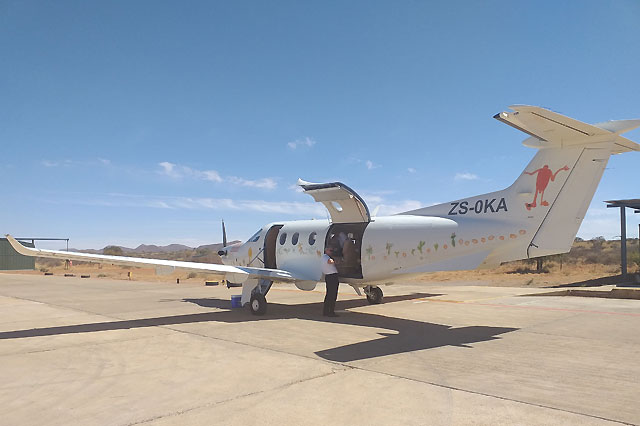
On descent to the Kalahari, the sun-baked expanse of wilderness unfurled like an infinity slab of gingerbread, garnished with a green sprinkling of pistachios. It’s an escape landscape, a land of saga, of awe and romantic vision. Warmly greeted at Tswalu Kalahari airstrip by lodge staff and promptly plied with tasty snacks and thirst-quenching beverages, I was then introduced to the two chaps who would spectacularly prise open Tswalu’s treasure chest of wilderness jewels for me over the following three days.
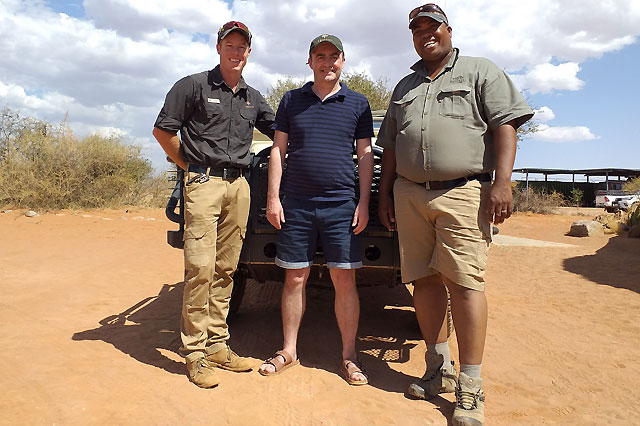
My worldly guide, Juan, was like a walking Wikipedia on wildlife, while my trusty tracker, Jonnas, seemingly had a sixth-sense, an intuitive connection with the wanderings of the animal world when decoding the trail of their footprints. En-route to my rarefied roost, Tswalu’s Motse Lodge, a colossal troop of mischievous baboons romped along the roadside, providing a glimpse of the magic that awaited.
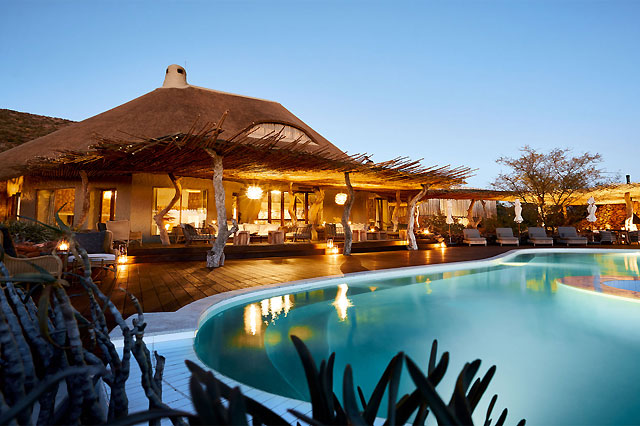
Situated in the Northern Cape, encompassing the craggy splendour of the Koranneburg Mountains, Tswalu is South Africa’s largest private game reserve, once comprising 48 farms. This wildlife haven spans a staggering 114,000 hectares, it’s the size of a small nation, taking over four hours to drive from one to the other.
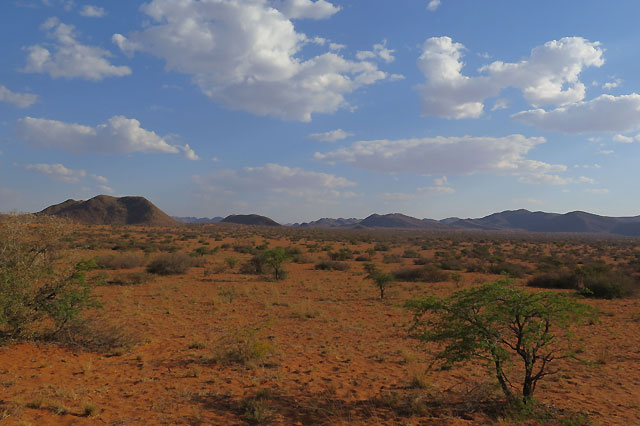
The diverse topography and terrain of the Southern Kalahari is enthralling, shuffling from mountain slopes and undulating ancient dunes to blood-red desert, lush valley forests and sweeping savannah grasslands. Freeda Schneider was the founder of the Tswalu dream, reintroducing game to the reserve including white rhino. (The original farmhouse can still be admired, which will soon serve as the entry point to Klein Jan restaurant, under the command of South Africa’s first Michelin-starred chef, Jan Hendrik van der Westhuizen.)
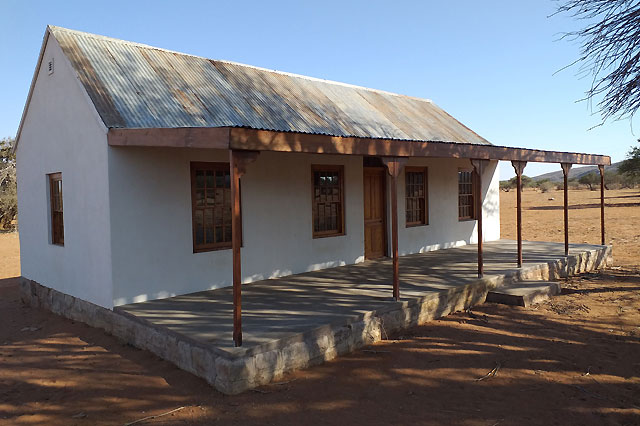
She sold her reserve to Stephen Boler, who dramatically expanded its size, buying up dozens of farms, covering more than a thousand square kilometres. Initially, he operated an on-site hunting range to help raise funds for the wider estate and the reintroduction of conservation species back into their natural habitat.
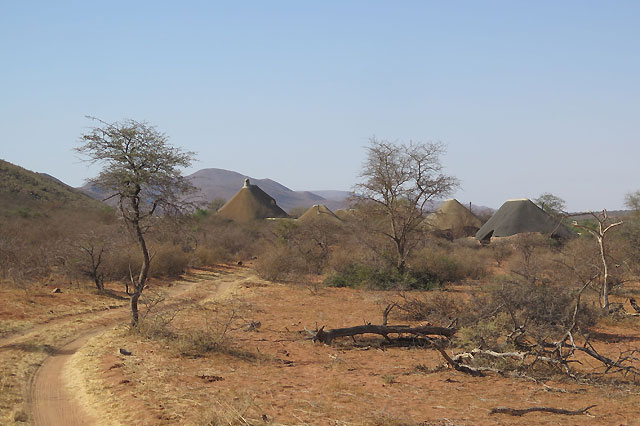
After his untimely death 21 years ago, he specified in his will that Nicky Oppenheimer should have first refusal on Tswalu. Hunting was swiftly stopped, even more land was added to the reserve to protect habitats, and the Oppenheimer’s unwavering conservation prowess has been recognised by the World Wide Fund for Nature.
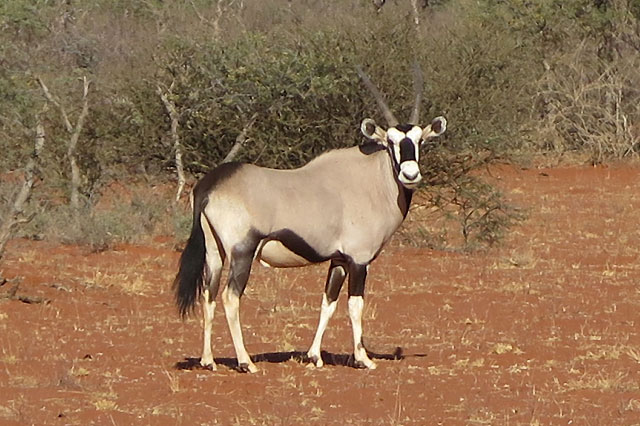
The Oppenheimer family, of mining fame, continue owning and operating Tswalu today, which is home to the world’s largest population of black rhino, alongside other threatened species like the pangolin and aardvark. In the Tswana language, Tswalu means “new beginning,” and the Southern Kalahari game reserve absolutely embodies that ideal with its conservation zeal.
![]()
With around 88 mammal and 240 bird species calling the reserve home, it’s impossible to savour extended sightings of the entire wondrous range of wildife. What sets Tswalu apart from other game reserves, is that guides place a heavy emphasis on customisation, whereby you can design your own safari experiences, focusing on a handful of single-species encounters.
![]()
You’ll also enjoy unrivalled privacy with no more than 10 land cruisers making tracks at any time across the entire reserve. My runaway highlight was to intimately encounter a pack of African wild dogs, also known as the painted wolf, one of Tswalu’s signature rare species. There’s only 450 of these dogs left in South Africa and watching a pack of these dogs on the hunt for food is exhilarating. Juan, Jonnas and I crept up close to a pack, as twilight approached and they awoke from their afternoon slumber.
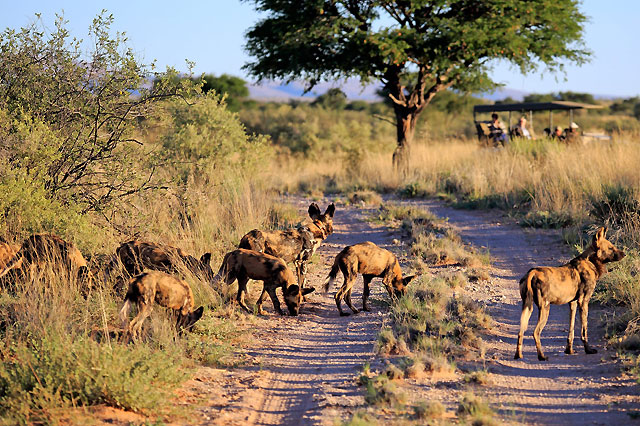
Their pre-hunt ritual of kissing each other and mass-singing psyches them up. Fanning out across the terrain, they scanned the horizon like a well-drilled and patient battalion, eyeing up prospective prey, before surgically closing in on their target. It was National Geographic unplugged, a transfixing spectacle, in lurid 3D.

I was enchanted by a colony of meerkats that are booming in number in Tswalu – and will happily allow you to get right up close to them. I never realised meerkats are such prodigious diggers, constantly unearthing critters to consume. Juan remarked that a meerkat will chomp through 800 grams of insects a day!
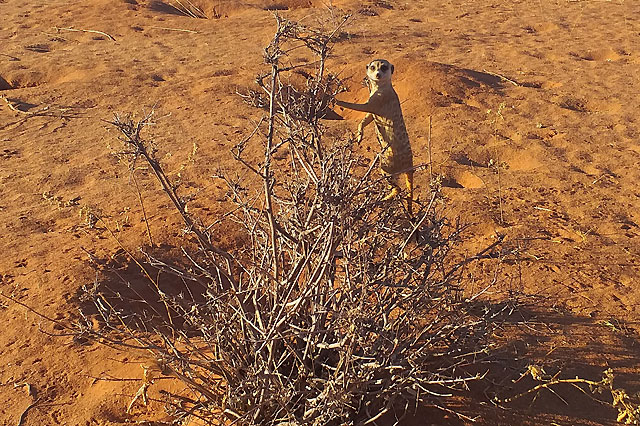
They are tireless team players, with one meerkat always playing the role of sentinel, keeping a vigilant look out for predators and swiftly sounding the alarm if danger is detected. A Verreaux’s eagle suddenly started wheeling in the sky above them, swiftly setting off the squealing alarm, before flying away. We tracked a black rhino and her calf, a majestic sight, and another Tswalu triumph.
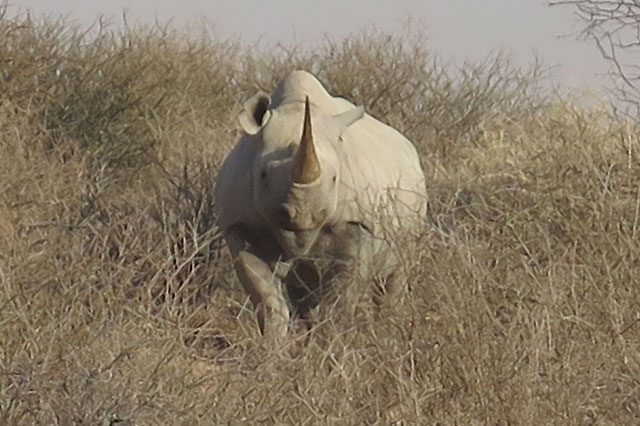
They are even more endangered than the white rhino. The black-maned Kalahari lions are another stirring sight, so regal and stately, strutting with self-importance. Although, when one of them decided to rashly mate with a resting lioness, strains of Elton John’s “Can You Feel the Love Tonight” was not exactly the mood music wafting over proceedings.
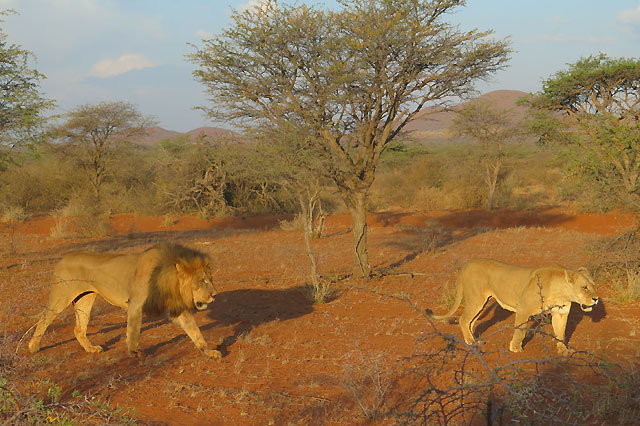
I also savoured an up-close encounter with a couple of communing cheetah, lazing in the savannah at day-break, totally indifferent to our presence. Throughout my dawn and twilight safari drives, I became increasingly acquainted with the staggering array of antelope and gazelle, running the gamut from oryx, sable, springbok, steenbok, reedbuck, impala, eland, wildebeest and kudu.
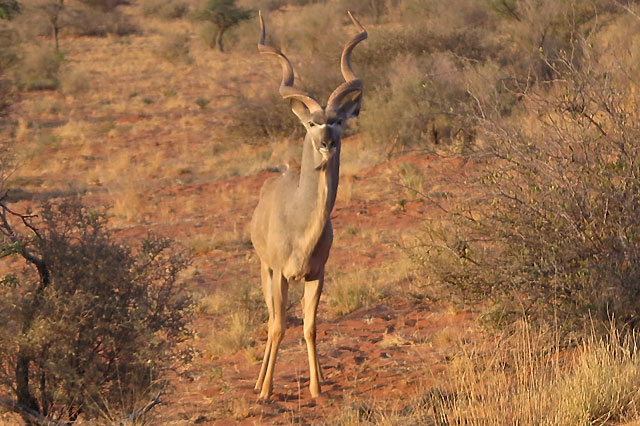
I feel in love with the graceful kudu, the male horns are so sculptural, like statement natural art. Across this arid natural landscape, where so much of the foliage is strikingly fortified with thorns and spikes, a very welcome sight was of spring’s green shoots and lime-coloured leaves painting the trees.
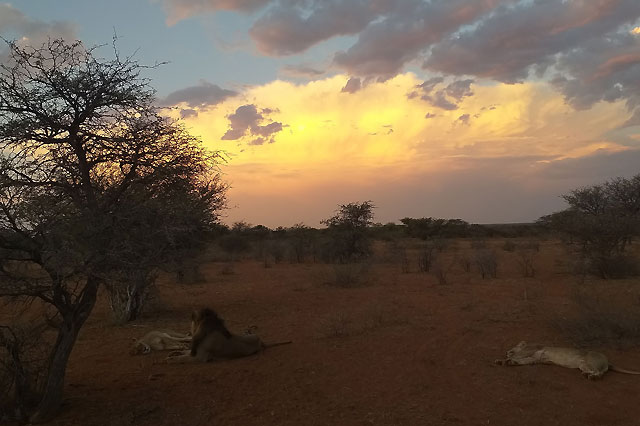
The annual rains recast this bone-dry environment between November and March, while the mercury soars well above 45C in the summer months too. Too hot for me! Juan mentioned that changes in climate patterns have been evident in recent years, yet the animals have adapted to seasonal extremes. Amid the mighty menagerie of four-legged predators that Tswalu boasts, our feathered and fluttering friends add another layer of magic.
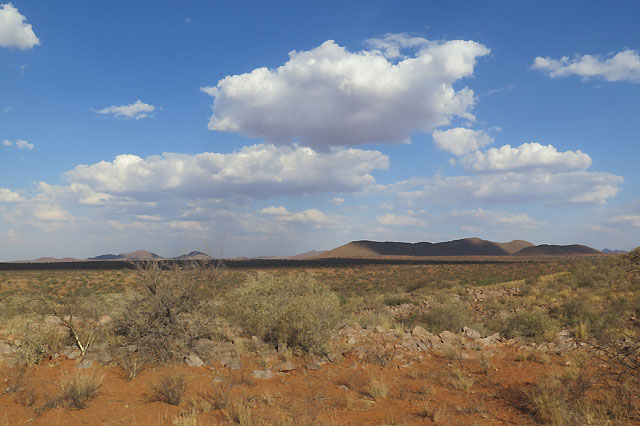
There are more species of butterfly at Tswalu than in the entire United Kingdom. And the birdlife is beyond bountiful, redolently ablaze in colour. I was awestruck by the hotel-sized nests groaning from many trees. Woven by sociable weaver birds, these monstrous nests will even play host to other bird species, before the sheer weight of the nest destroys the tree. Some nests weigh a whopping 500kg!

Another pervasive source of wonder is the ethereal desert light, casting the terrain in a bewitching glow at twilight, before a blazing red sunset salutes the end of day. As you’d expect, Tswalu Kalahari Reserve’s ultra- luxurious approach to hospitality is masterly.
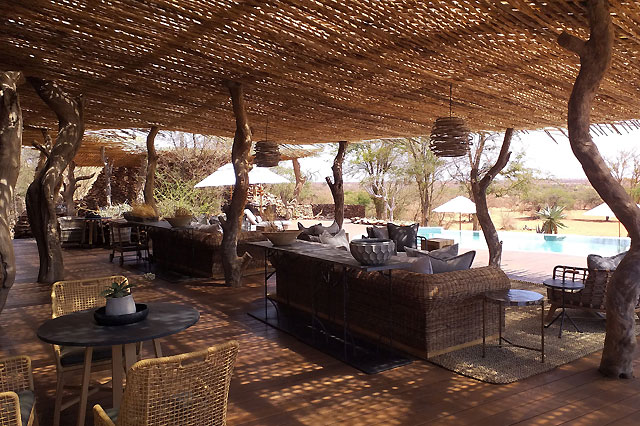
As the ancestral home to the San (Bushmen), lodges take their design que from the area’s indigenous roots. The San’s ancient rock paintings are considered among the oldest on earth. Tswalu hosts a maximum of 30 people at any given time, balancing nature-inspired design with the most luxurious of creature comforts.
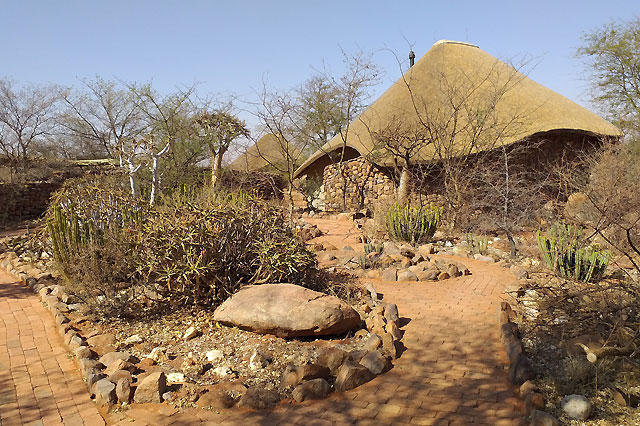
Silence, open-skies and space are my idea of elemental luxury. Along with free Wi-fi, cozy fireplaces, and ample living space, your accommodation includes a sweeping private sundeck where you can watch for wildlife or simply gaze out on the savannah.
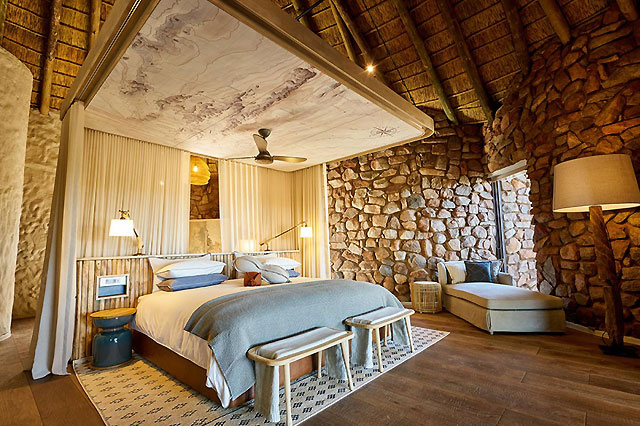
I stayed at Tswalu’s Motse Lodge, where there are nine spacious suites, artfully created from local stone, rich red clay and traditional Kalahari thatch. The epitome of elegant, understated luxury, my suite featured a spacious bedroom with an open fireplace, a large dressing and study area, a sumptuous bathroom with both indoor and outdoor showers and bespoke Kalahari toiletries.
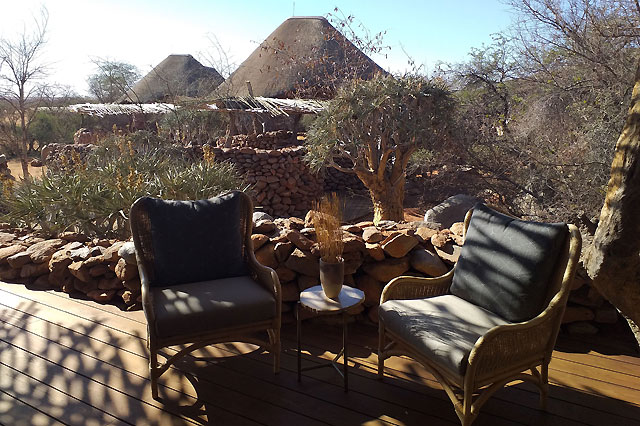
Magnificently landscaped with desert flora, the elevated decks and elegant lounges in the main house open out to a heated infinity pool with endless views over the open savannahs. It’s like an island of indulgent calm in the vast Kalahari. Rare artefacts reflecting the history of the area are displayed in the mezzanine library.
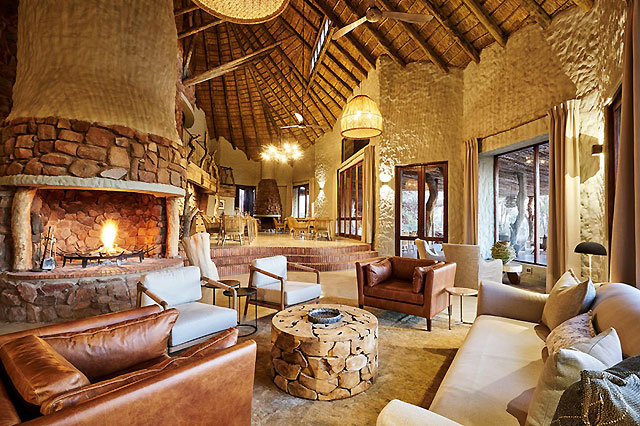
The Foundation Gift Shop offers an exclusive range of crafts, while a walk-in wine cellar provides an outstanding collection of vintages that accompany the sumptuous gourmet dining. Fusing global influences with fresh, seasonal ingredients the chefs craft a constantly evolving menu, while also foraging for Kalahari ingredients.
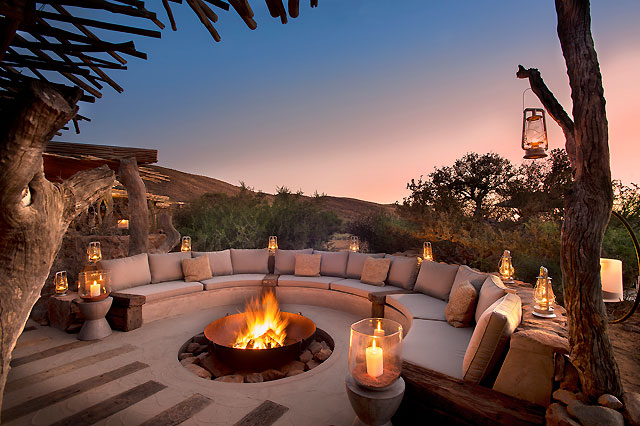
As part of Tswalu’s all-inclusive offering, you certainly won’t go hungry. Beyond the a la carte breakfasts, lunches and the five-course dinners, high tea is served before the twilight safari drive, while my suite was constantly restocked with tasty snacks and beverages. It is wining and dining in excelsis.

From the constellation of dining delights, I particularly enjoyed sampling ostrich meat, although I did feel some pangs of guilt as I heartily feasted on delicious roasted kudu.
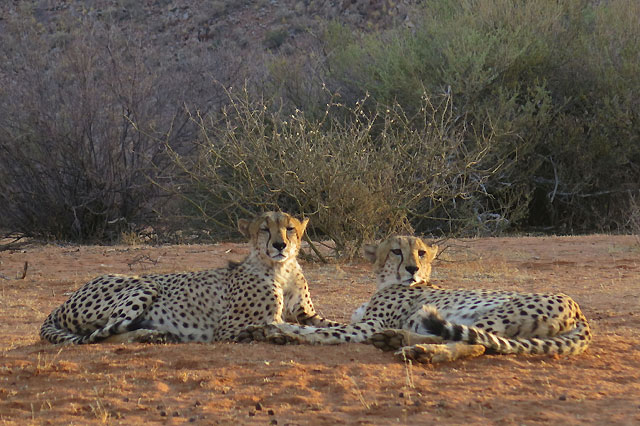
Unfailingly focused on sustainability, habitat restoration and wildlife conservation, savouring nature’s mystique, majesty and unplugged primal wonder at Tswalu Kalahari Reserve is a reaffirming, life-changing and soul-stirring experience. Your heart will sing.
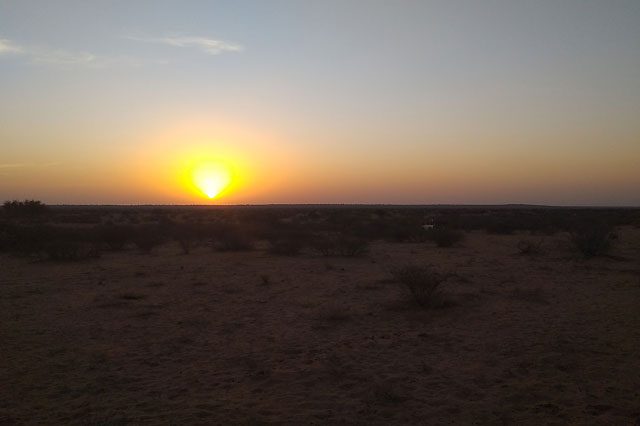
With those pesky tourist visa requirements recently disbanded, now’s a great time to visit South Africa and revel in the wildlife. World Journeys are experts in tailor-made travel to South Africa and elsewhere in Africa. Contact World Journeys 0800 117311 or go to www.worldjourneys.co.nz/south-africa

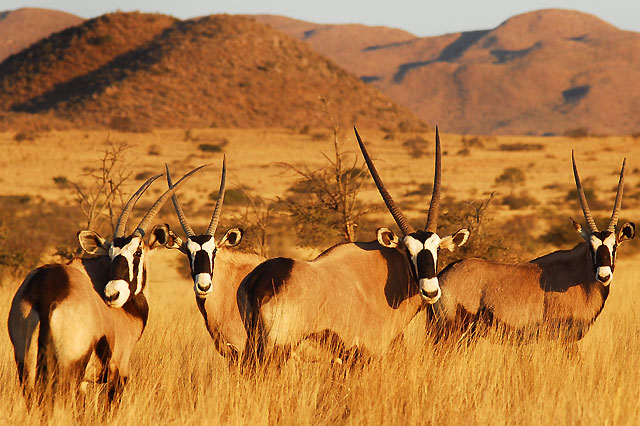
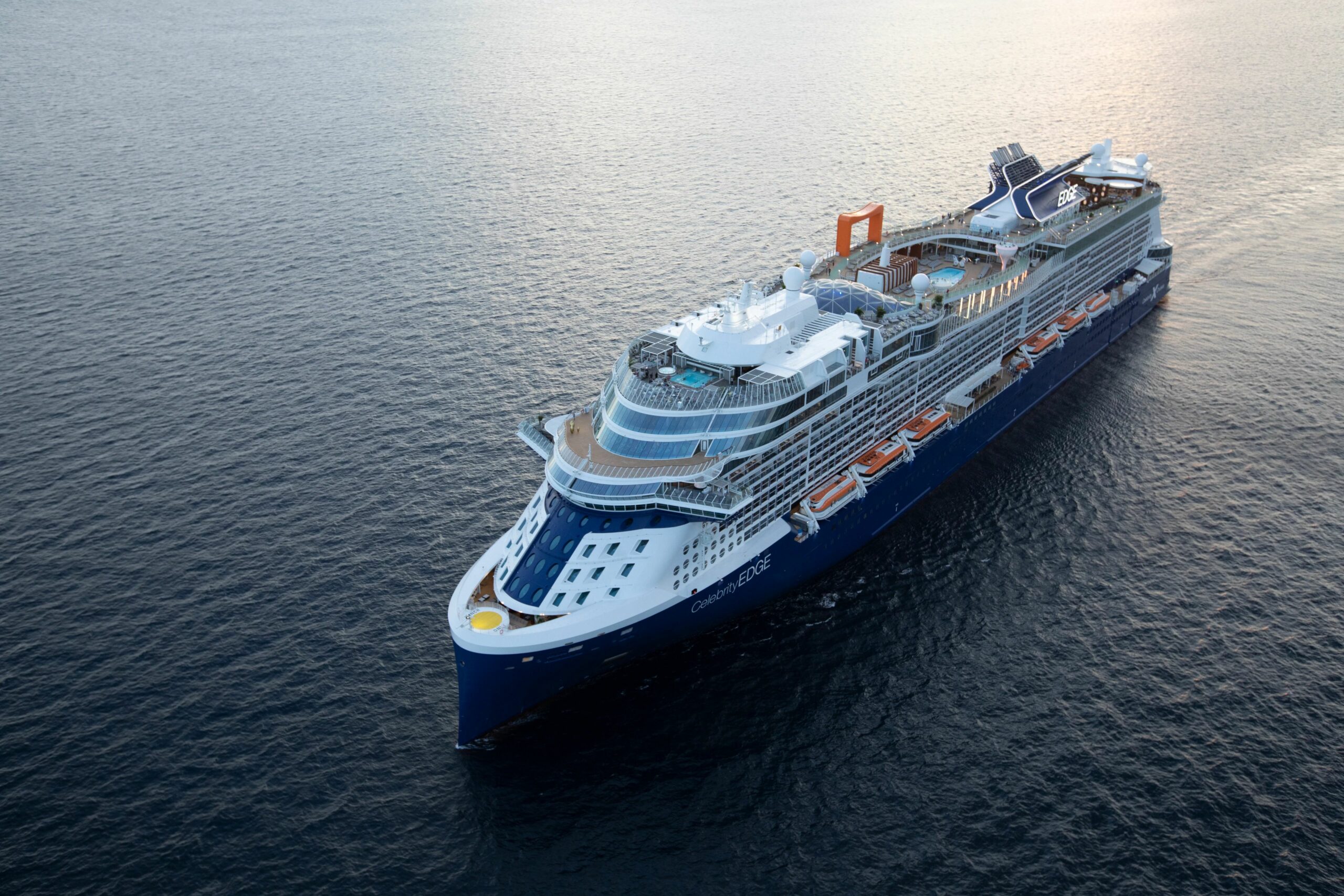
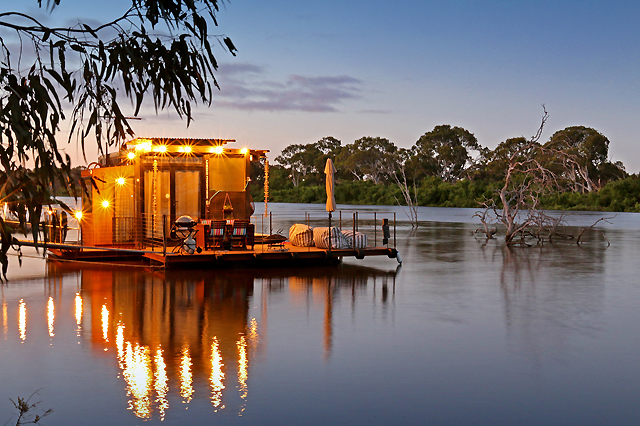
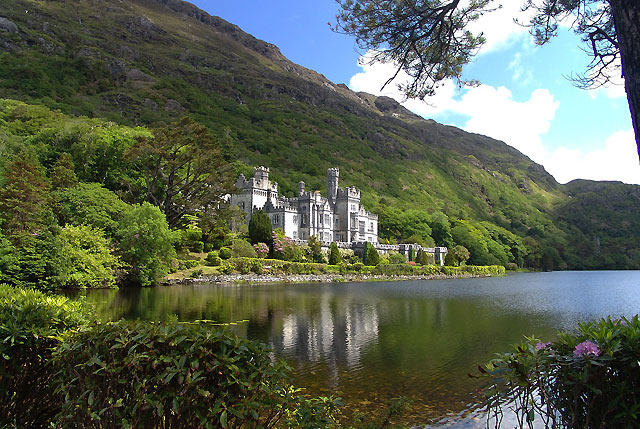
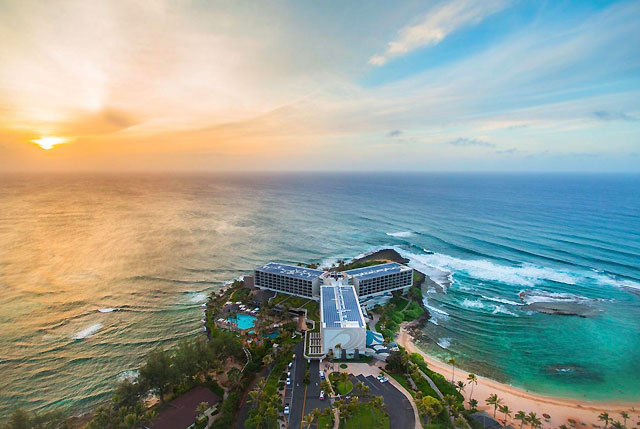
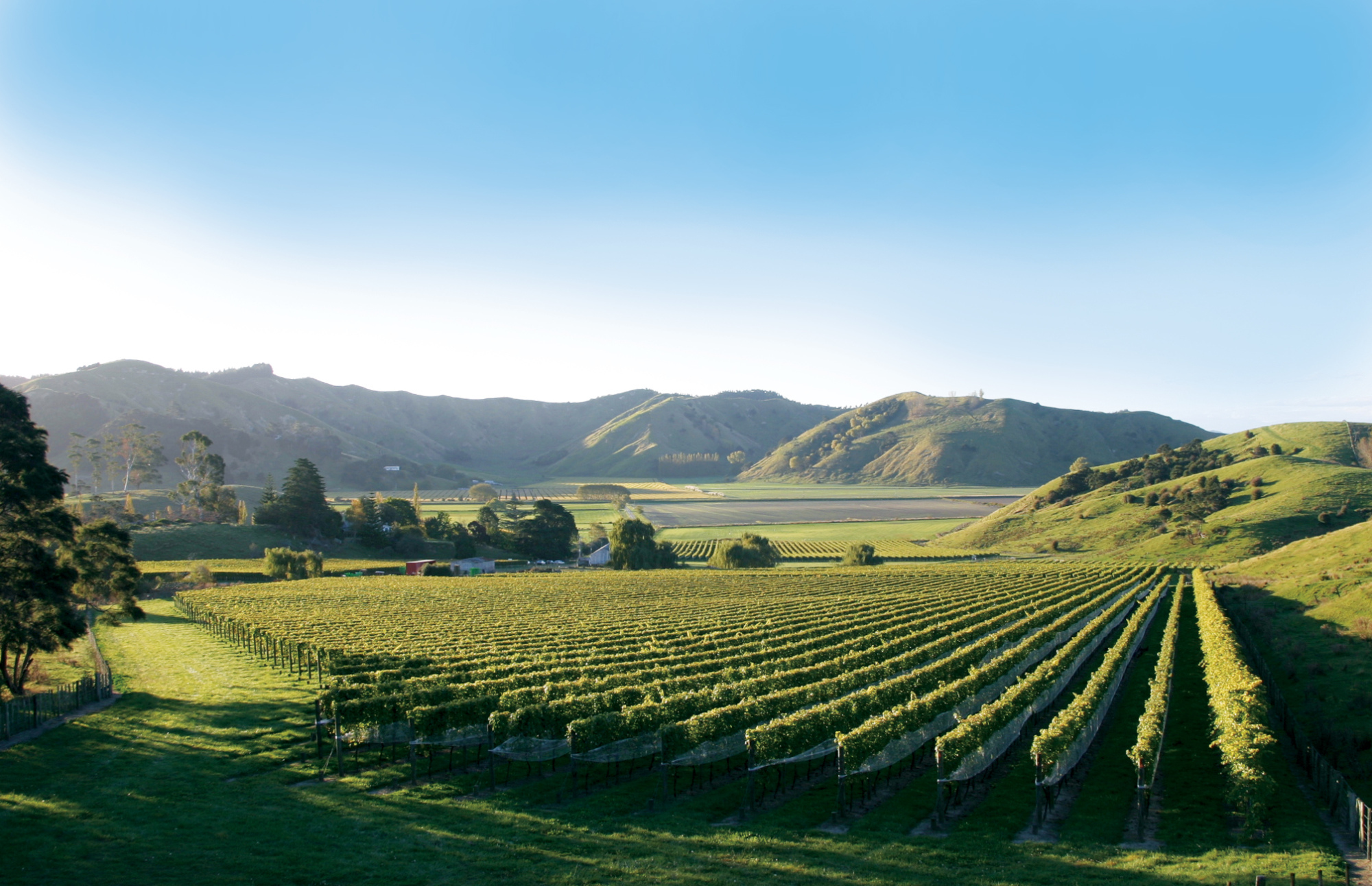
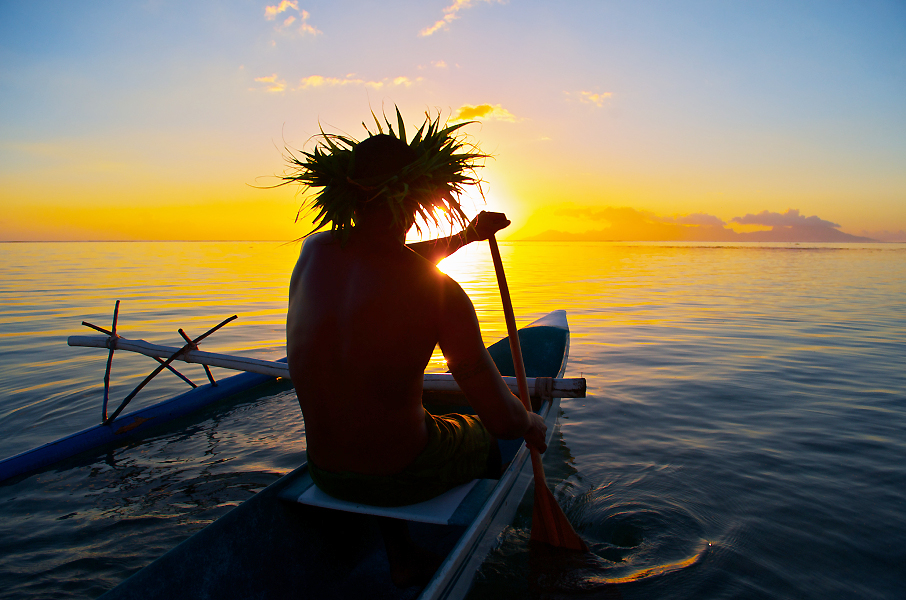
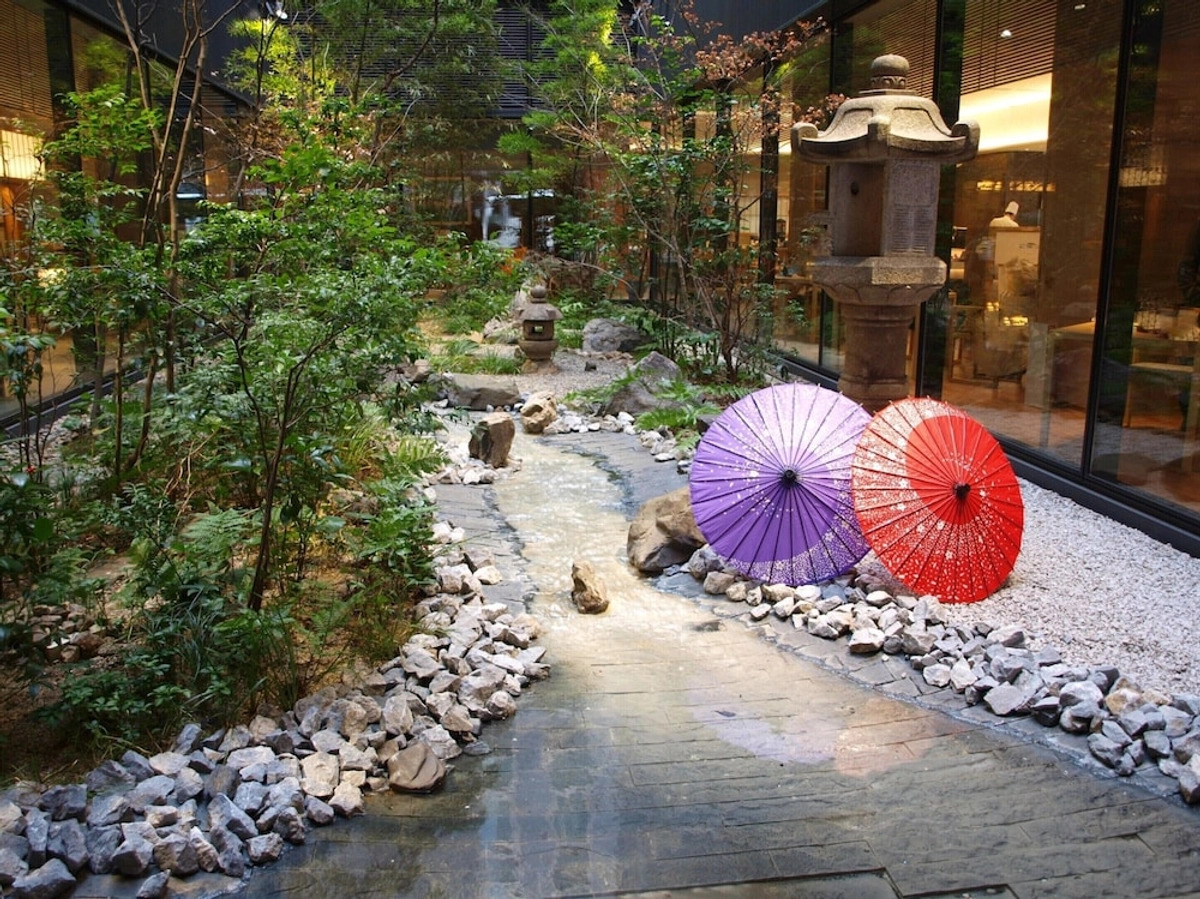



Recent Comments